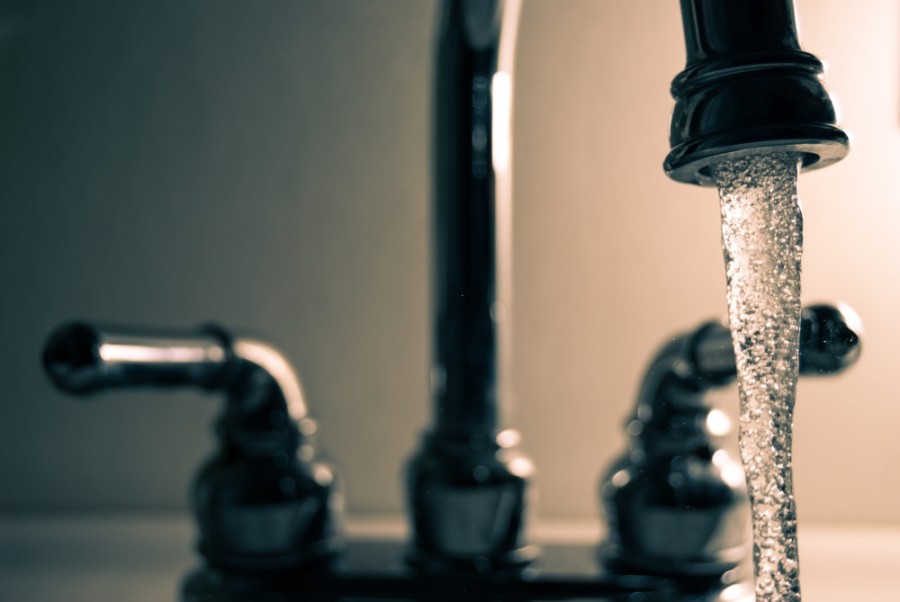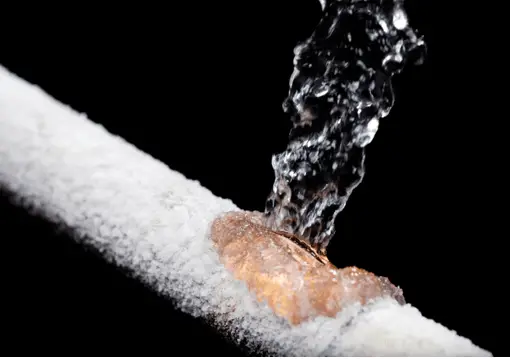Just how do you actually feel in relation to What to Know Before Installing a Dishwasher?

A ruptured pipeline is a significant emergency; you can only stand as you view water you pay dearly to reunite with the planet. In even worse situations, you discover a pool on your kitchen flooring, which is a terrific trip hazard, specifically if you have youngsters around. If the pipe that burst was in your wall surfaces, problem: you may need to paint that whole section.
How can a tragedy like a ruptured pipe be prevented and also handled? Well, by listening to your professional emergency plumbing professionals and also complying with these rules.
Just how do I understand when my pipes have ruptured?
Changing water pressures
Pipelines do not simply burst in a day. You may have seen that your kitchen area tap or shower does not run promptly when you turn the tap. It might pause for a couple of seconds and then blast you with even more force than common.
In other instances, the water might seem regular initially, then decrease in stress after a couple of seconds.
Infected water
Many people think a burst pipeline is a one-way outlet. Fairly the contrary. As water drains of the hole or gash in your plumbing system, pollutants find their method.
Your water may be infected from the source, so if you can, examine if your water tank has any kind of problems. Nonetheless, if your drinking water is provided and detoxified by the city government, you need to call your plumber instantly if you see or scent anything funny in your water.
Puddles under pipelines and sinks
When a pipeline ruptureds, the outflow creates a puddle. It might appear that the puddle is expanding in size, as well as no matter the number of times you wipe the pool, in a couple of minutes, there's an additional one waiting to be cleaned. Commonly, you might not be able to map the pool to any type of noticeable pipelines. This is a sign to call an expert plumber.
Damp walls as well as water stains
Before a pipeline ruptureds, it will leakage, the majority of times. If this persistent dripping goes undetected, the leak may finish right into a wide laceration in your pipeline. One easy way to avoid this emergency is to watch out for damp wall surfaces advertisement water stains. These water stains will lead you right to the leak.
Untraceable leaking sounds
Pipeline ruptureds can happen in the most unpleasant locations, like within concrete, inside walls, or under sinks. When your home goes quiet, you might have the ability to listen to an annoyingly persistent dripping noise. Even after you've inspected your shower head as well as kitchen area faucet, the dripping may proceed.
Beloved viewers, the trickling might be coming from a pipe inside your walls. There isn't much you can do regarding that, other than inform a specialist plumber.
Turn up the Heat
Set up fans to blow warm right into chilly areas. Maintain the garage door shut. If you have actually reduced water flow, heat the most susceptible pipelines (normally in basements and crawl spaces or near exterior walls) with a hair dryer. Leave the faucet on while you apply warm. As you melt ice, the flow will enhance. To avoid pipelines from cold, protect your wall surfaces.
Begin Doing Away With the Water
Get hold of the wipe, containers as well as a store vacuum cleaner to start to do away with the water since you definitely don't want it saturating right into every little thing else in your home. And also, a quick clean up will decrease the chances of something getting moldy.
What do I do when I detect a ruptured pipeline?
Your water meter will certainly continue to run even while your water wastes. To minimize your losses, find the major controls as well as transform the supply off. The water mains are an above-ground structure at the edge of your building.
How to Fix & Detect a Leaking Pipe
How Do I Know if a Pipe is Leaking?
Leak detection tests can help you determine if your pipe has a leak. Even if you don’t see an apparent leak, you should still conduct leak detection tests regularly to save water and money—and prevent major damage to your home.
Water meter. It can be helpful to figure out what your usual water meter usage numbers are and then monitor them regularly. To monitor your meter, first, turn off all water faucets in your home. Check the meter and write down the numbers. In a few hours, check the meter again. If the numbers have changed, you have a leak. Water gauge. Use a water gauge to test your water pressure. Your showerhead should produce a certain amount of water pressure based on its model and design. If the pressure is lower than it is supposed to be for that specific showerhead, your home likely has a leak. Puddles. Look inside your bathroom, laundry, and kitchen sink cabinets. Puddles around the cabinets or around toilets, tubs, showers, and washing machines indicate the presence of a leaking pipe. You may also notice loose tiles, peeling or flaking paint, or mold caused by water accumulation. Napkin test. Even if you don’t see any puddles, you may still have a leak. You can test for water leaks in the bathroom, laundry, and kitchen by wiping below-sink connections with a napkin, paper towel, or piece of toilet paper. If it becomes damp, you probably have a leaking pipe under the sink. Discolored walls. Walls that are discolored—usually with brown or yellow stains—or bulging might mean that they have been impacted by water damage caused by a leaking pipe. Smell. A leaky pipe will create sitting water, and over time, that water may develop a musty smell. If your home smells musty, but you can’t locate the source, it may be due to a leak. Steps for Fixing a Leaking Pipe
A leaky drain can be remedied by tightening the pipe base, replacing the drain seal, caulking the rim, and tightening the pipe nut. Similarly, a leaking toilet pipe can be treated by tightening the packing nut. You may also need to replace the valve. A leaky faucet may just need tightening or replacement of the washers. If that doesn’t work, consider replacing your faucet. If your pipe has a hole in it, you may want to use a pipe leak sealer or pipe leak tape. This quick fix for water pipe leaks can also temporarily fix a copper pipe leak. https://www.ahs.com/home-matters/quick-tips/how-to-tell-if-pipes-are-leaking/

I discovered that page about How to Prepare for Your Dishwasher Installation when browsing on the search engines. Don't hesitate to take the opportunity to distribute this blog entry if you enjoyed reading it. We love reading our article about What to Know Before Installing a Dishwasher.
Click For More Information